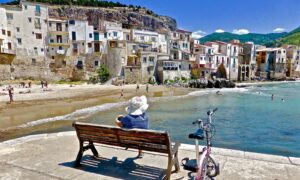Everyone has a dream of one day traveling through Europe, and for those who have been there, they know that it is an experience like no other. One of the best ways to see as much as possible in a short amount of time is by hiking through some of the most beautiful landscapes Europe has to offer. For example, The Alta Via. The Alta Via covers 484 miles, which is equal to 779 kilometers and crosses Italy and Switzerland, with 10 different hikes along the way. We’ve compiled this list so that you can plan your next European hiking vacation!
1. The Alta Via 1, Italy
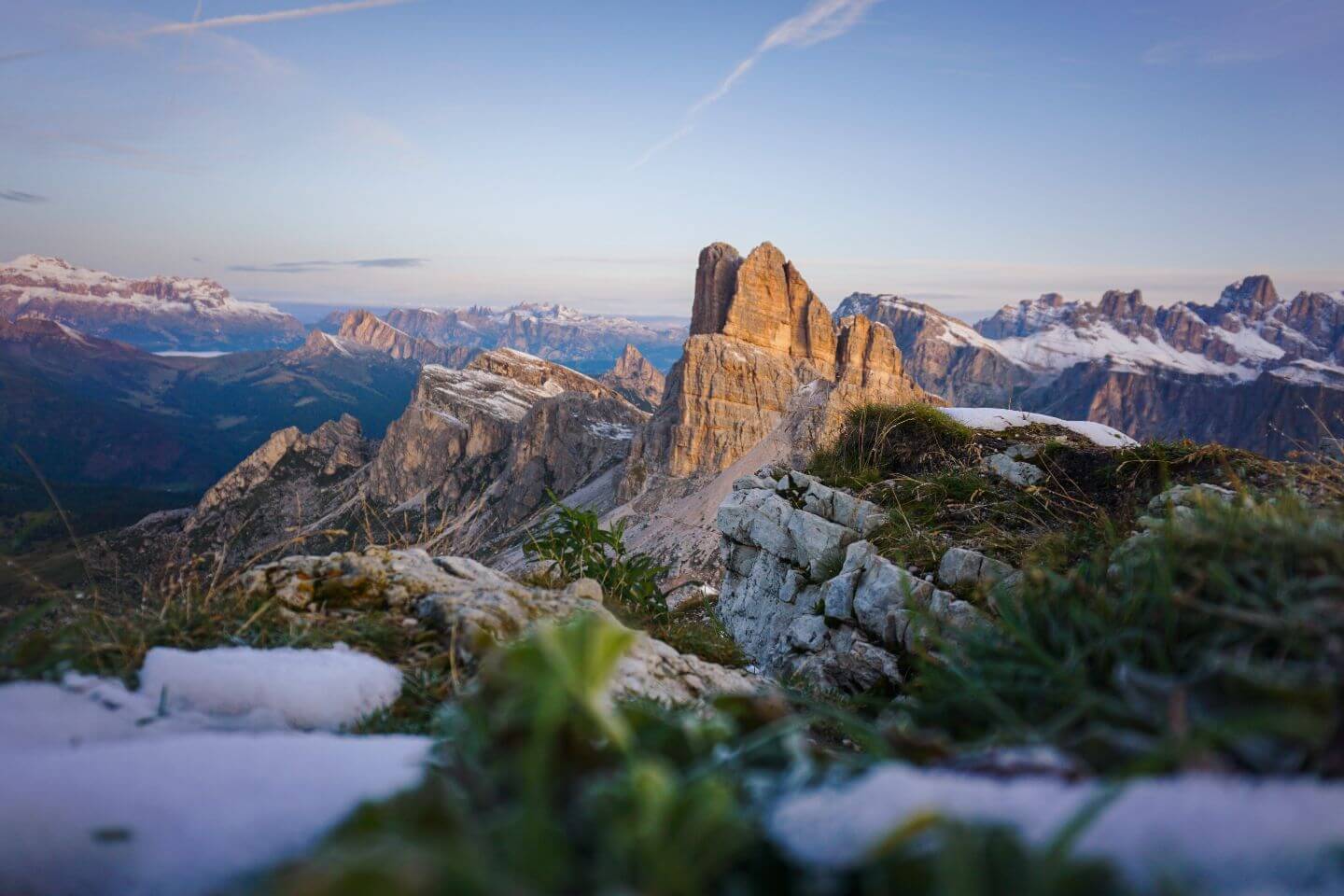
Source: moonhoneytravel.com
Alta Via 1 is located in the center of the Dolomites. But where do we find this fantastic mountain range? Well, the Dolomites are located in the northeastern part of Italy and stretch across the provinces of Belluno, South Tyrol, and Trentino. The name of this group of mountains comes from the French geologist who discovered the Dolomite mineral in 1791, Deodat de Dolomieu. Most of the peaks of this mountain range go above 3,000 meters and the highest peak at 3343 meters is Marmolada Peak. The Alta Via 1 is known for its amazing views of the landscape and you can even see glaciers from this hike. To hike the Alta Via, there are a few regulations that you must follow. The best season to hike the Alta Via 1 is from June to September. During these months, an average of 200 people are hiking the Alta Via each day, and this number increases in July with up to 400 hikers per day. The Alta Via 1 difficulty is doable. It is the easiest option when it comes to hiking the Dolomites, and most of the trek is straightforward.
2. The Laugavegur Trail, Iceland
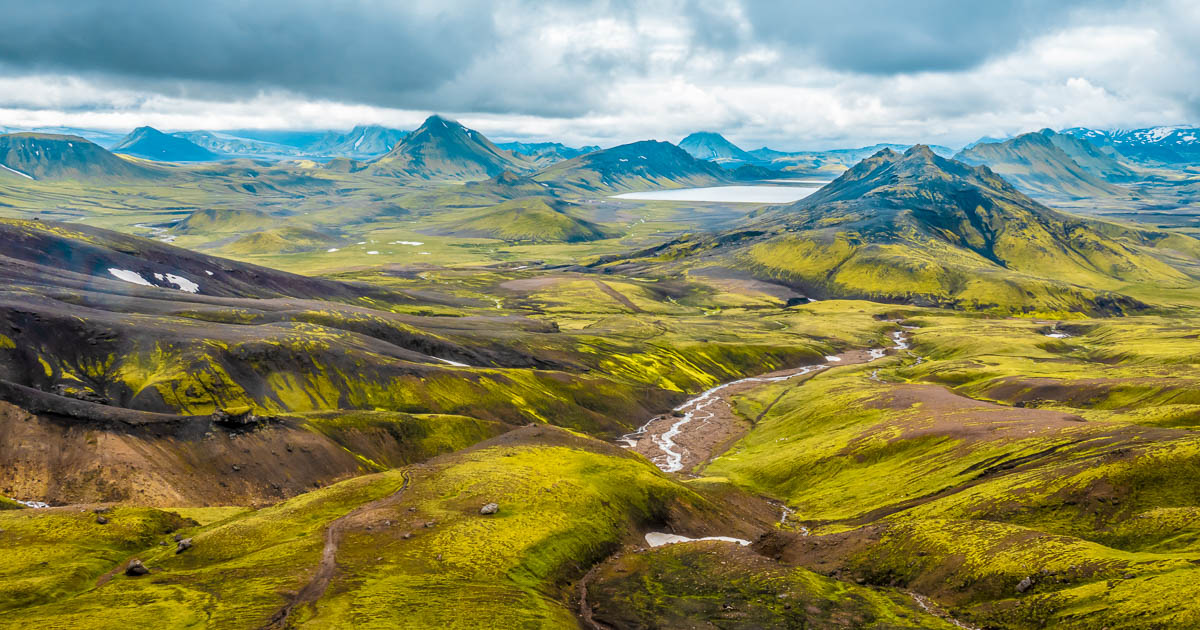
Source: adventures.is
Located in the Southern Icelandic Highlands, the Laugavegur Trail connects the geothermal area of Landmannalaugar with the forested valley of Þórmörk in the South. Laugavegur means “The Way of the Water,” and that’s exactly what the trail does: it follows a stream. Landmannalaugar is a spectacular location, accessible only in summer, known for its colorful rhyolite mountains and bubbling hot springs, which guests are welcome to bath in. Þósmörk, on the other hand, is sheltered by mountains and glaciers and is famous for its greenery. It is so beautiful that it was named after the most acclaimed Old Norse gods, Þór (Thor). The Laugavegur Trail runs from Landmannalaugar past the “Swan Lake,” Álftavatn; the black sand desert of Mælifellssandur, known for the vividly green Mount Stórasúla; and through the plains of Emstrur. Along the way, there are numerous mountain peaks, crater lakes, and volcanoes. The trail is shaded by the glaciers Mýrdalsjökull and Eyjafjallajökull.
3. The Kungsleden Trail, Sweden
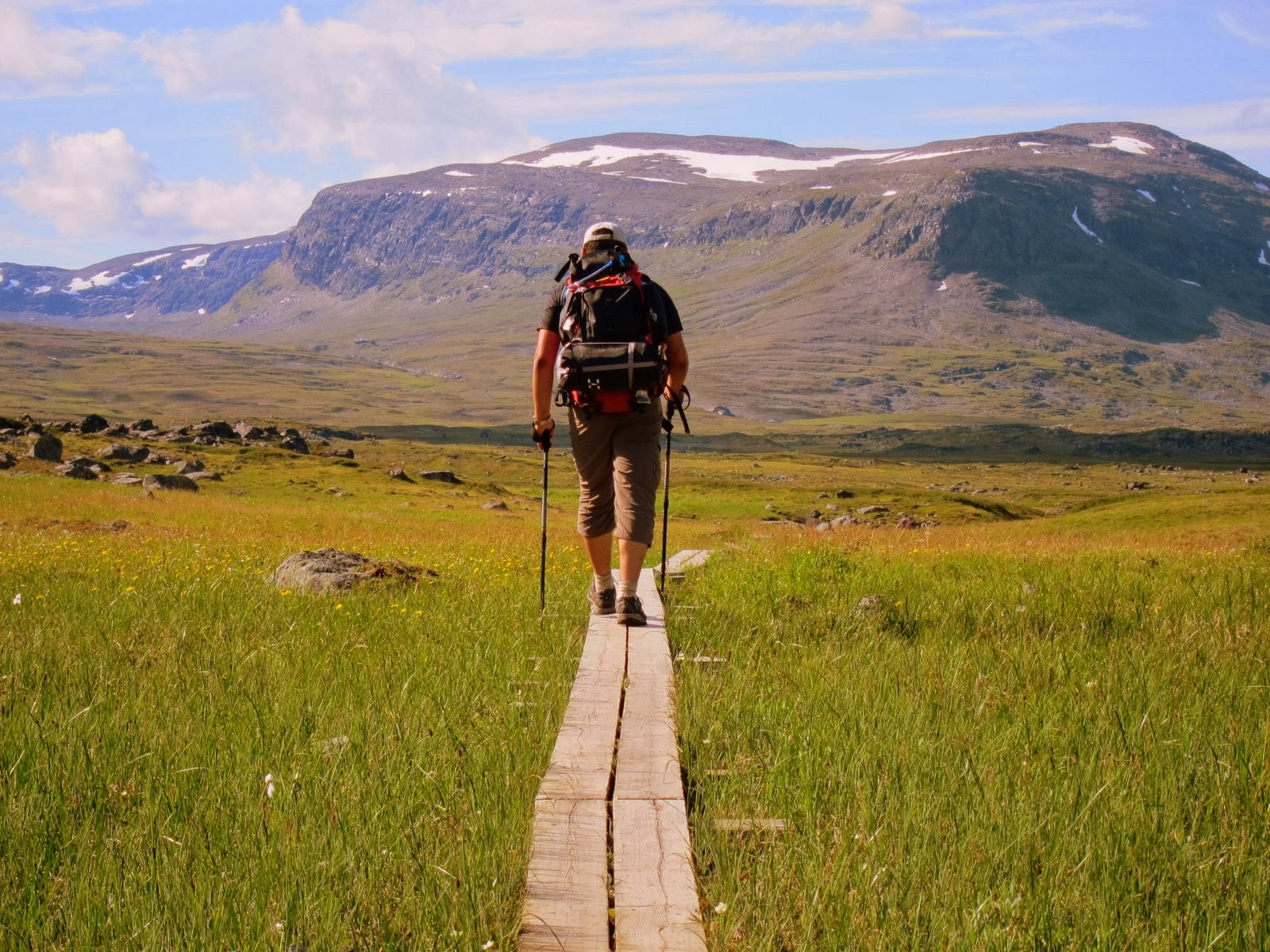
Source: en.wikipedia.org
Built in the late 19th century, the Kungsleden Trail, the King’s Trail, is considered not only one of the most beautiful hiking trails in Sweden, but also one of the most beautiful in the world. Stretching more than 400 kilometers through dark forests, over Sweden’s highest mountains, and along roaring rivers, the Kungsleden Trail offers alpine landscapes – and, in summer, nearly 24 hours of sunlight. Although you’ll need about a month to hike the entire trail, you can also do it in more manageable parts. Hiking the Kungsleden Trail is a true journey of discovery through northern Sweden. Hike through rugged mountain scenery and experience the beauty of Laponia’s four World Heritage-listed national parks.
4. The Alps
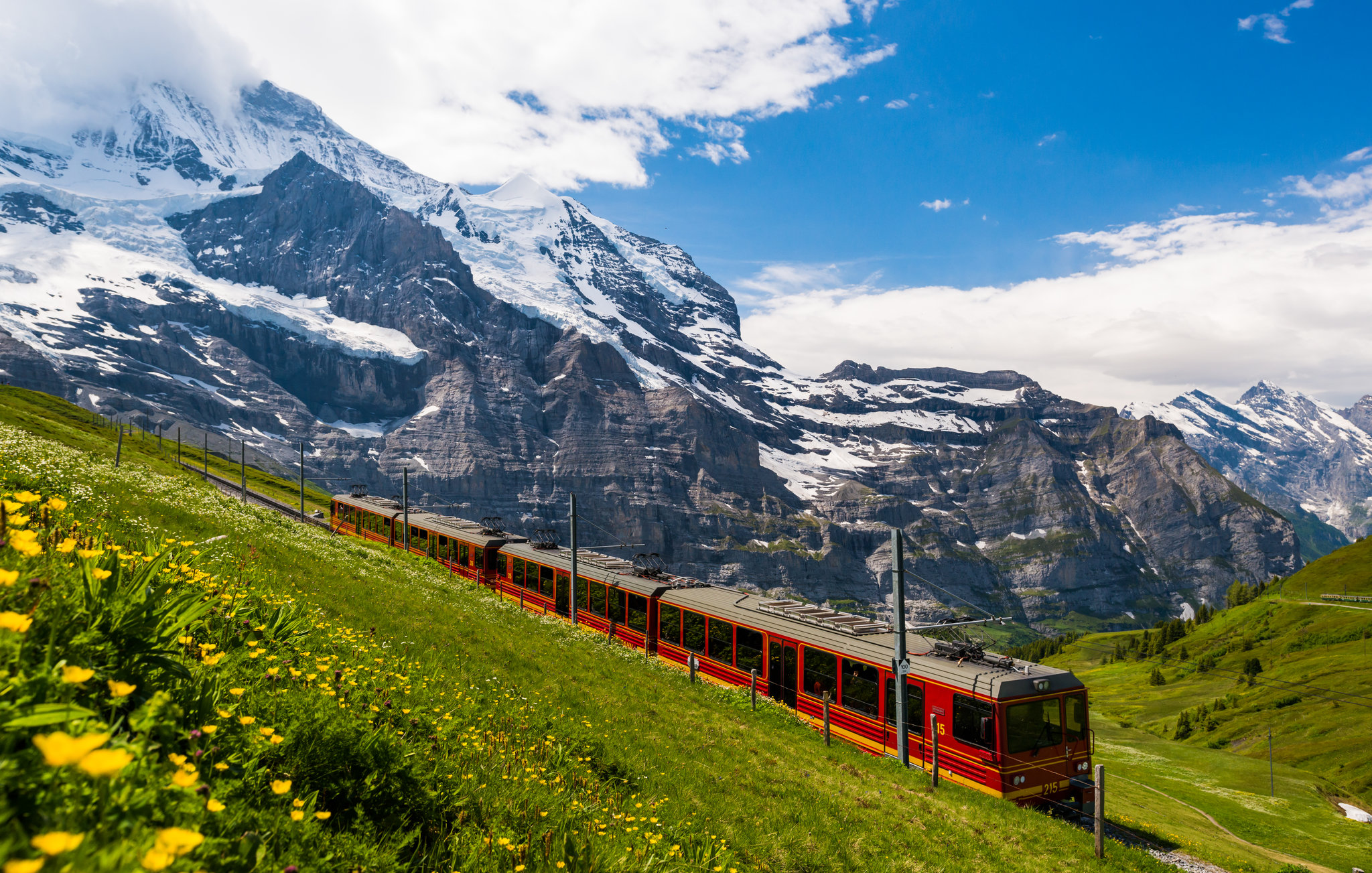
Source: nytimes.com
The Alps are one of Europe’s best travel destinations for many reasons: there is no other place on earth with such a concentration of summits over 4000 meters, more than 200 sunny days per year (in some areas), and countless opportunities to enjoy every outdoor activity imaginably. The best season to travel in the Alps is summer – but wintertime offers its charm. Most hikers agree that the Alps are some of Europe’s best-hiking destinations. Travelers head to the region every year to hike trails like Austria’s Hohe Tauern National Park, which is home to glaciers and alpine lakes; Switzerland’s Simplon Pass, where you’ll find views of mountain peaks in all directions. Hiking in the alpine country of Switzerland is an experience like no other. The Alps and Italy’s Dolomites are not only considered one of Europe’s best travel destinations for winter sports enthusiasts; they’re also a top place to hike in summertime.
5. The Pyrenees
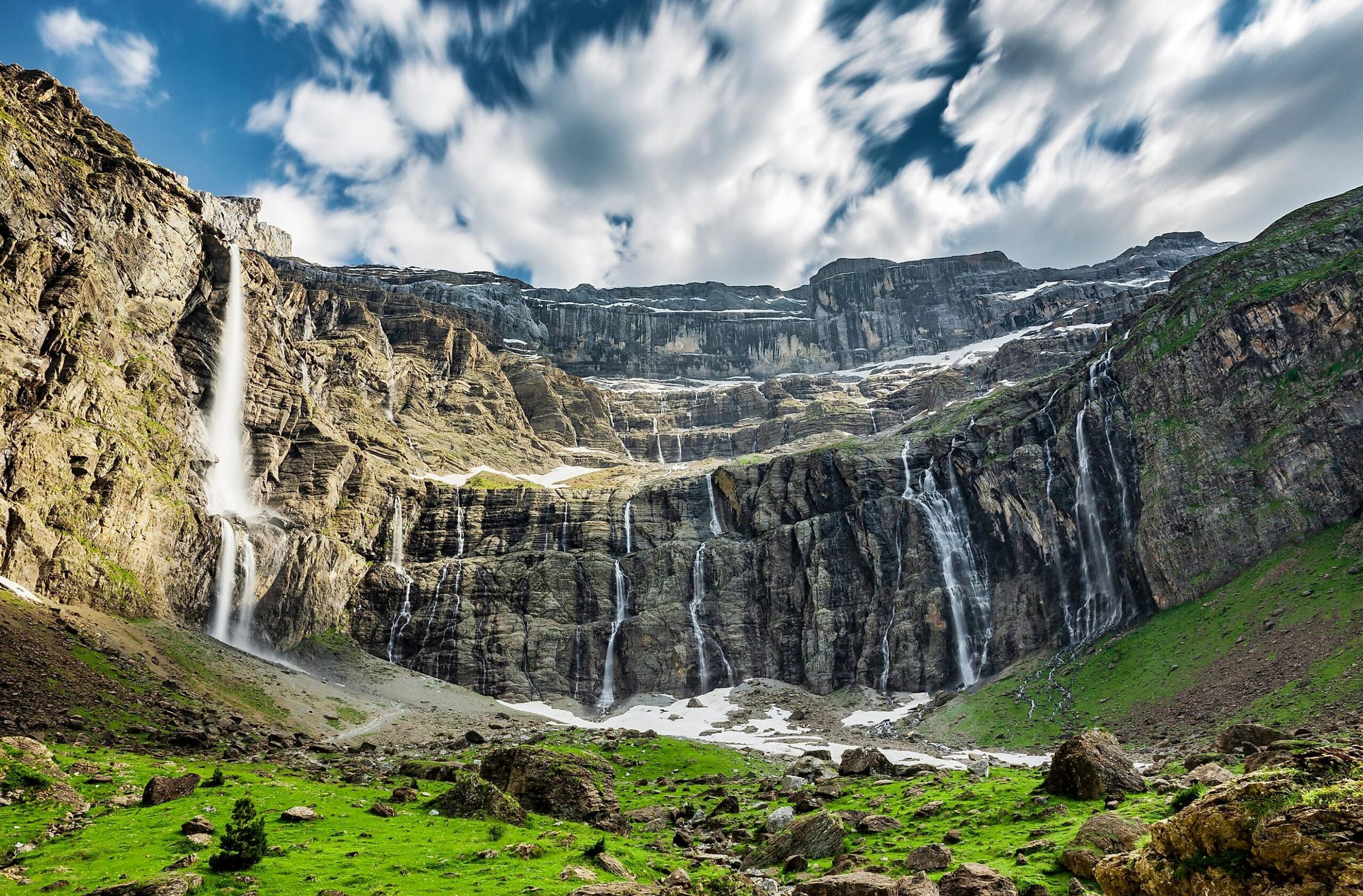
Source: worldatlas.com
While most people know about Andorra, Spain’s tiny country bordered by France and marked by high peaks, few are aware that there are many other hiking trails across the Pyrenees. The GR 11 walking trail is a good example of this. More GR trails are running through The Pyrenees, so there is more choice! The GR 11 runs from Pulgcerdà, Girona, to Empordà on the Costa Brava. Along the way, hikers can enjoy views of both the Mediterranean and Atlantic Oceans. Next to the GR trails, you can walk the Ordesa y Monte Perdido. This is one of the wildest and most special hiking areas on the Spanish side of the Pyrenees. A well-known route leads through the Ordesa Valley, to the very end of the valley to the famous Cola de Caballo waterfall. But there are many more treks and short walks to be made in this park with cliffs. So set aside a few days so you can hike not only the main trail! The Añisclo, Pineta, and Otal valleys are also within easy reach and are home to numerous impressive and peaceful hiking routes.
6. The Dingle Peninsula, Ireland
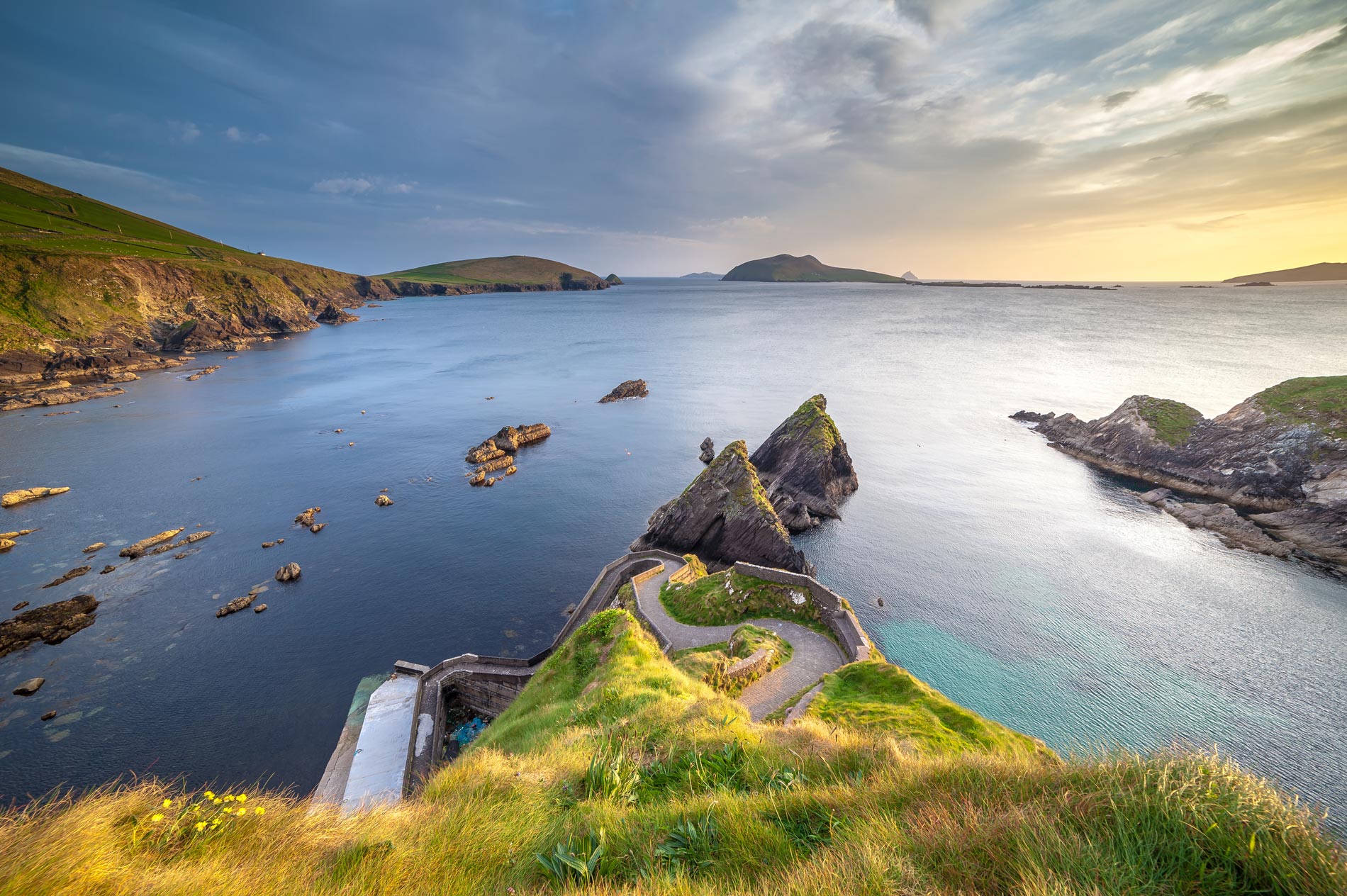
Source: ireland.com
Ireland is a small but beautiful island in the northern Atlantic Ocean. About 5 million people live there and the capital is Dublin. Ireland is a true paradise for hikers. More and more adventurous travelers fly to Ireland to enjoy the impressive nature and environment. The country has many hiking trails and you will be welcomed by the locals along the way. The Dingle Peninsula in Ireland is known for its breathtaking landscapes. The peninsula offers some great hikes, including Ventry Beach and Slea Head (great views of the Blasket Islands). You make a walking tour around the elongated, mountainous Dingle Peninsula. You follow parts of the Dingle Way including sections of the ancient pilgrimage route to Mount Brandon, which is over nine hundred meters high.



